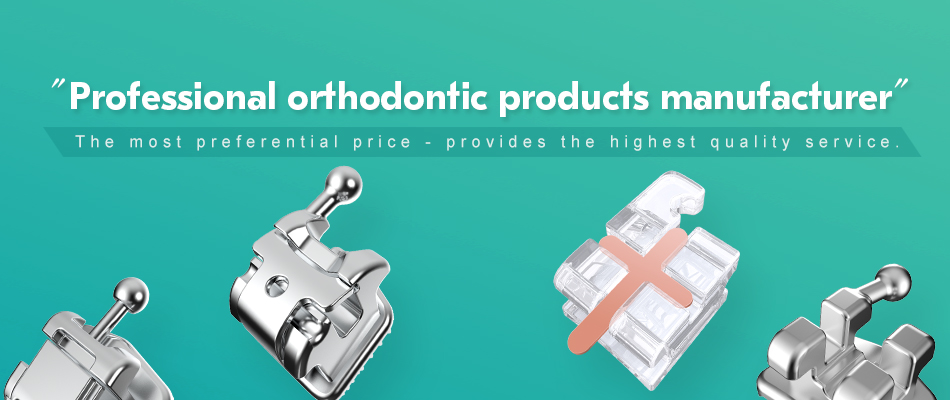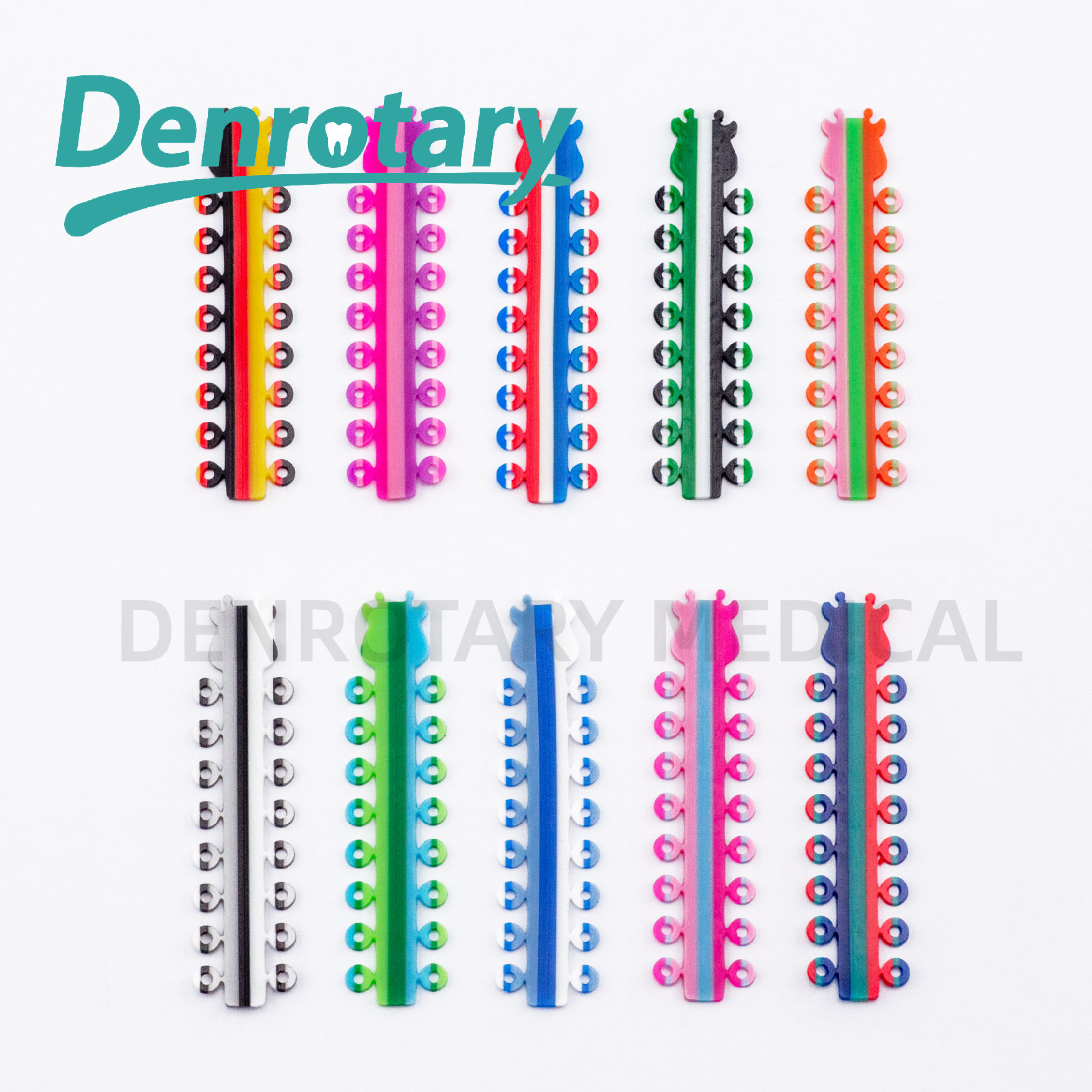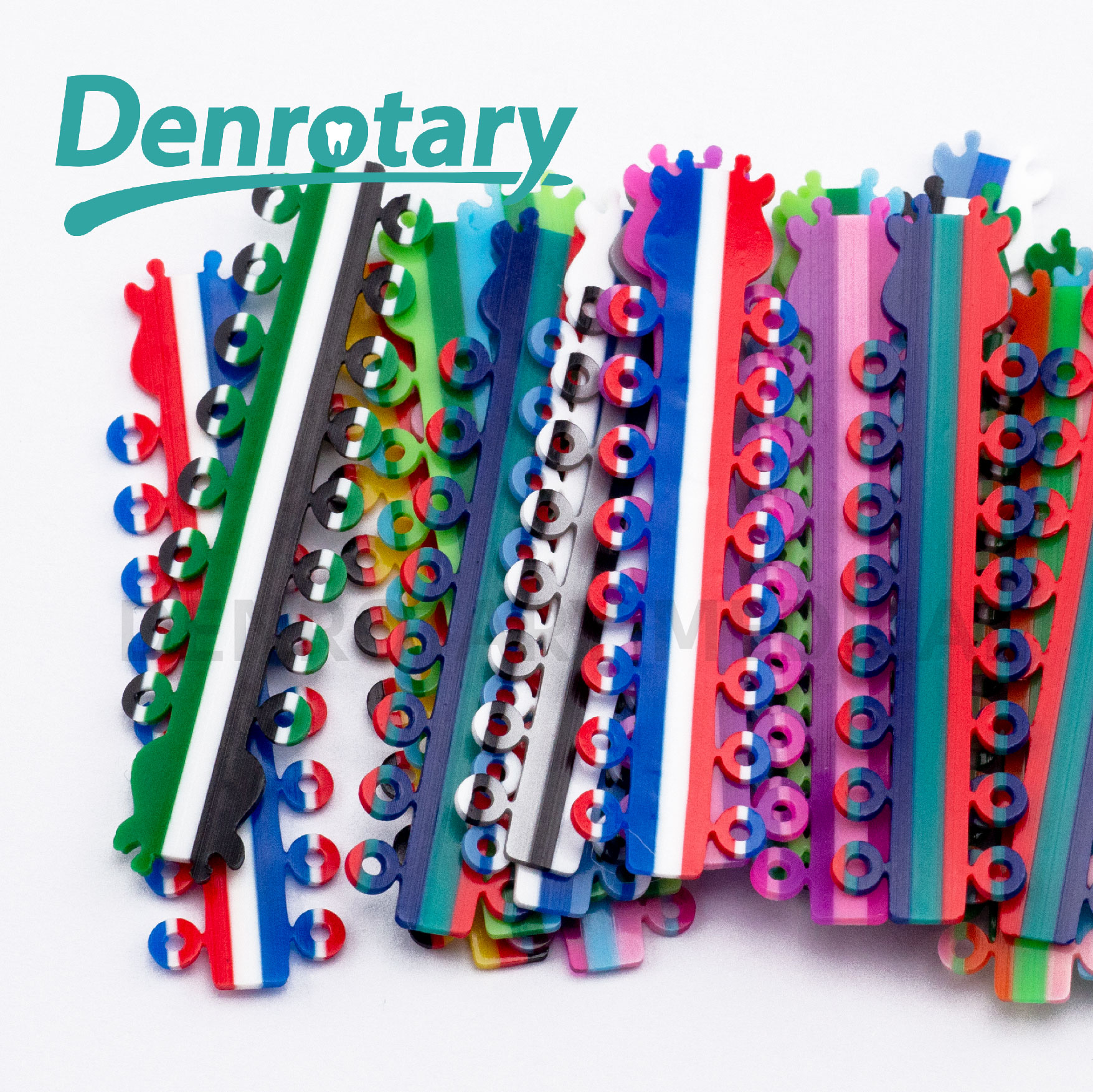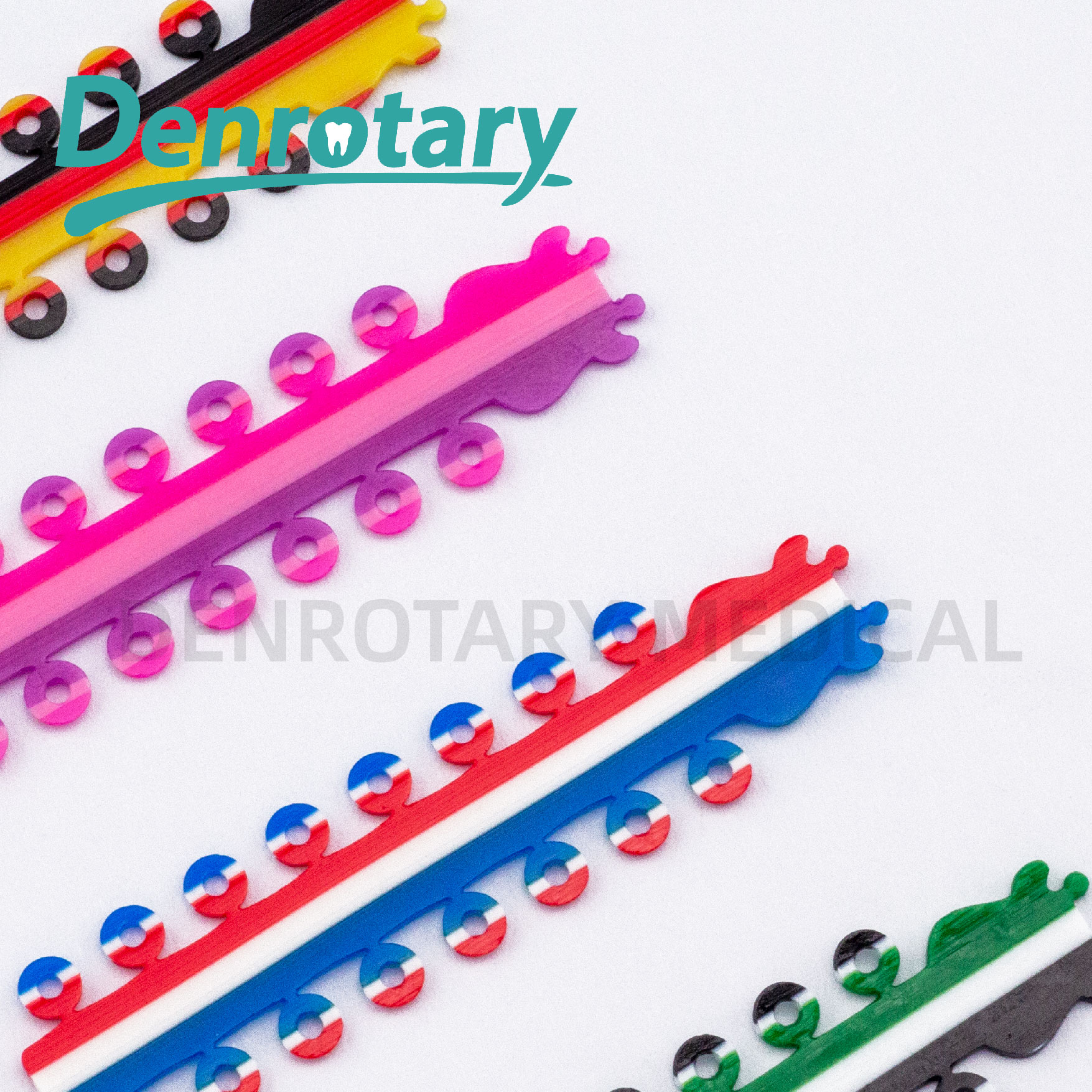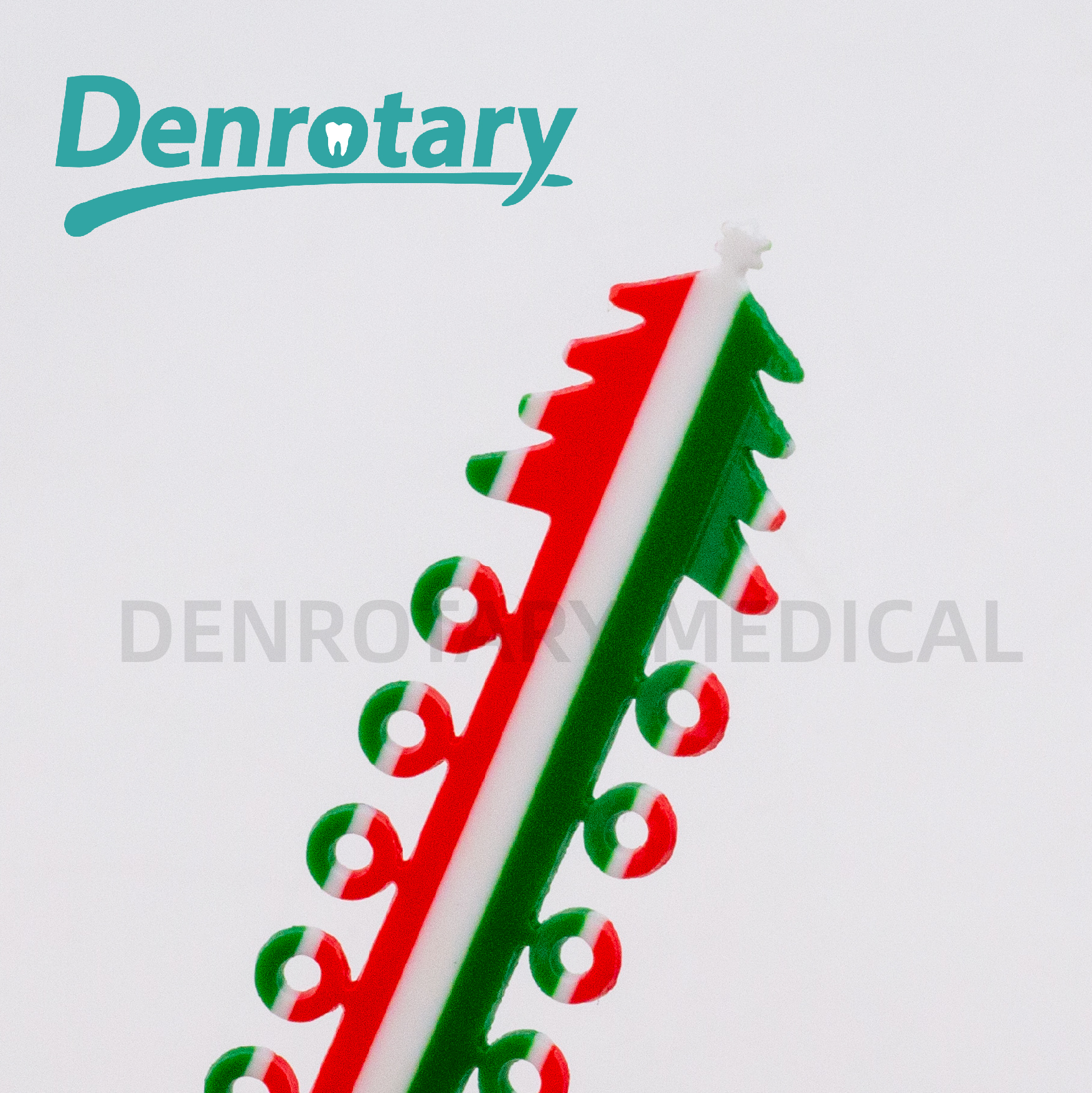Breakage issues in orthodontic elastic ligature ties are common. Understanding the causes and solutions helps you manage these problems effectively. When elastic ligature ties break, they can delay your treatment and affect your overall progress. You should pay attention to these issues to achieve the best results in your orthodontic journey.
Key Takeaways
- Regularly check your orthodontic ligatures for signs of wear. Inform your orthodontist if you notice any issues to keep your treatment on track.
- Choose the right ligature based on material, size, and color. Consult your orthodontist to find the best option for your needs.
- Maintain good oral hygiene and be mindful of your diet. Avoid hard or sticky foods that can damage your ligatures.
Common Breakage Issues
Orthodontic Elastic Ligature Tie Breakage
Orthodontic elastic ligature ties often break during treatment. This breakage can happen for several reasons. You might notice that the ligature ties lose their elasticity over time. When this occurs, they cannot hold the archwire securely. As a result, your treatment may slow down.
To prevent this issue, you should regularly check your ligature ties. If you notice any signs of wear, inform your orthodontist. They can replace them promptly to keep your treatment on track.
Wire Ligature Breakage
Wire ligatures are another common source of breakage. These ligatures are made from metal and are designed to hold the archwire in place. However, they can break due to excessive force or improper placement. If you bite down hard on something tough, you risk damaging the wire ligature.
If a wire ligature breaks, it can lead to discomfort and misalignment of your teeth. You should contact your orthodontist immediately if this happens. They will assess the situation and replace the broken ligature to ensure your treatment continues smoothly.
Ligature Loss
Ligature loss can occur with both elastic and wire ligatures. Sometimes, ligatures can become loose and fall off. This can happen during eating or brushing your teeth. If you lose a ligature, it can affect the movement of your teeth.
To minimize the risk of ligature loss, you should be careful when eating hard or sticky foods. Additionally, maintain a gentle brushing technique to avoid dislodging the ligatures. If you do lose a ligature, reach out to your orthodontist for guidance on the next steps.
Causes of Breakage
Material Fatigue
Material fatigue occurs when ligatures lose their strength over time. This often happens due to repeated stress from the forces applied during orthodontic treatment. You may notice that your Orthodontic Elastic Ligature Tie becomes less effective as it ages. Regular wear can lead to a decrease in elasticity, making it unable to hold the archwire securely.
Improper Application
Improper application of ligatures can also lead to breakage. If your orthodontist does not place the ligatures correctly, they may not function as intended. For example, if the ligature is too tight, it can create excessive pressure, leading to breakage. Conversely, if it is too loose, it may not hold the wire properly. Always communicate with your orthodontist about any discomfort you feel, as this can indicate an application issue.
Patient Habits
Your habits play a significant role in the durability of ligatures. Biting down on hard foods or using your teeth as tools can cause ligatures to break. Additionally, poor oral hygiene can lead to plaque buildup, which may weaken the ligatures. To protect your orthodontic treatment, be mindful of what you eat and maintain a gentle brushing technique.
Solutions for Breakage
Choosing the Right Orthodontic Elastic Ligature Tie
Selecting the right Orthodontic Elastic Ligature Tie is crucial for your treatment. Different ligatures come in various sizes and materials. You should consult your orthodontist to find the best option for your specific needs. Here are some factors to consider:
- Material: Some ligatures are made from latex, while others are latex-free. If you have allergies, inform your orthodontist.
- Color: Ligatures come in many colors. Choose a color that you like, but remember that some colors may stain more easily than others.
- Size: Ensure that the ligature fits properly. A well-fitted ligature will hold the archwire securely without causing discomfort.
By choosing the right ligature, you can minimize the risk of breakage and enhance your overall treatment experience.
Proper Application Techniques
Proper application techniques are essential for preventing ligature breakage. When your orthodontist places the ligatures, they should follow specific guidelines to ensure effectiveness. Here are some tips for proper application:
- Tension: The ligature should have the right amount of tension. Too tight can cause breakage, while too loose may lead to ligature loss.
- Placement: Ensure that the ligature is positioned correctly on the bracket. Misplacement can lead to ineffective treatment and increased breakage risk.
- Tools: Your orthodontist should use the right tools for application. Using appropriate instruments helps maintain the integrity of the ligature.
By focusing on these application techniques, you can help reduce the chances of breakage during your treatment.
Regular Maintenance
Regular maintenance is vital for the longevity of your orthodontic ligatures. You should schedule routine check-ups with your orthodontist to monitor the condition of your ligatures. Here are some maintenance tips:
- Check for Wear: During your visits, ask your orthodontist to check for any signs of wear on your Orthodontic Elastic Ligature Tie. Early detection can prevent breakage.
- Oral Hygiene: Maintain good oral hygiene. Brush and floss regularly to prevent plaque buildup, which can weaken ligatures.
- Dietary Choices: Be mindful of what you eat. Avoid hard or sticky foods that can put excessive pressure on your ligatures.
By following these maintenance practices, you can ensure that your ligatures remain effective throughout your orthodontic treatment.
Prevention Strategies
Educating Patients
Education plays a crucial role in preventing breakage issues with orthodontic ligatures. You should understand how to care for your braces and ligatures. Your orthodontist can provide valuable information about proper oral hygiene and dietary choices. Here are some key points to remember:
- Avoid Hard Foods: Steer clear of hard candies, nuts, and ice.
- Gentle Brushing: Use a soft-bristled toothbrush to clean around your braces.
- Regular Flossing: Floss daily to remove plaque and food particles.
Routine Check-ups
Routine check-ups are essential for maintaining the integrity of your ligatures. Schedule regular appointments with your orthodontist. During these visits, they will:
- Inspect your ligatures for wear and tear.
- Replace any damaged or worn ligatures promptly.
- Adjust your treatment plan as needed to keep your progress on track.
Using Durable Materials
Choosing durable materials for your ligatures can significantly reduce breakage. Discuss options with your orthodontist. They can recommend ligatures made from high-quality materials that withstand daily wear. Consider these factors:
- Material Strength: Some materials resist breakage better than others.
- Allergy Considerations: If you have allergies, ensure you choose latex-free options.
By implementing these prevention strategies, you can help ensure a smoother orthodontic experience and minimize the risk of ligature breakage.
In summary, you face several common breakage issues with orthodontic ligatures, including elastic tie breakage, wire ligature breakage, and ligature loss. Solutions involve choosing the right ligature, applying it properly, and maintaining regular check-ups.
Remember, prevention and maintenance are key. Always consult your orthodontist for personalized advice tailored to your treatment needs.
Post time: Sep-11-2025

